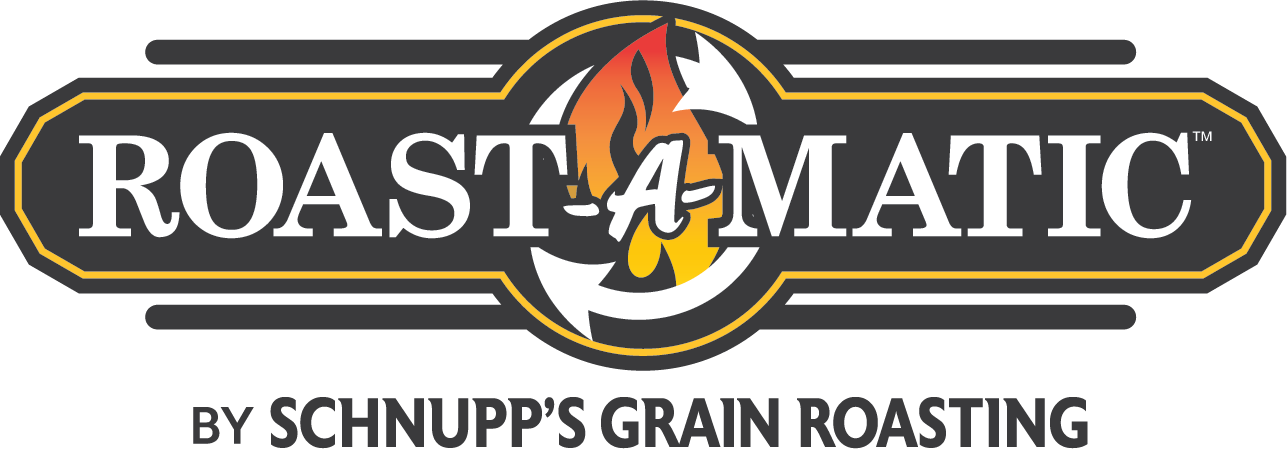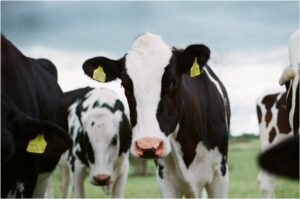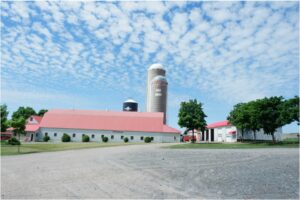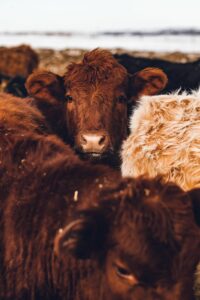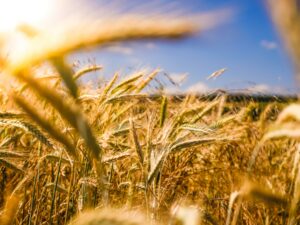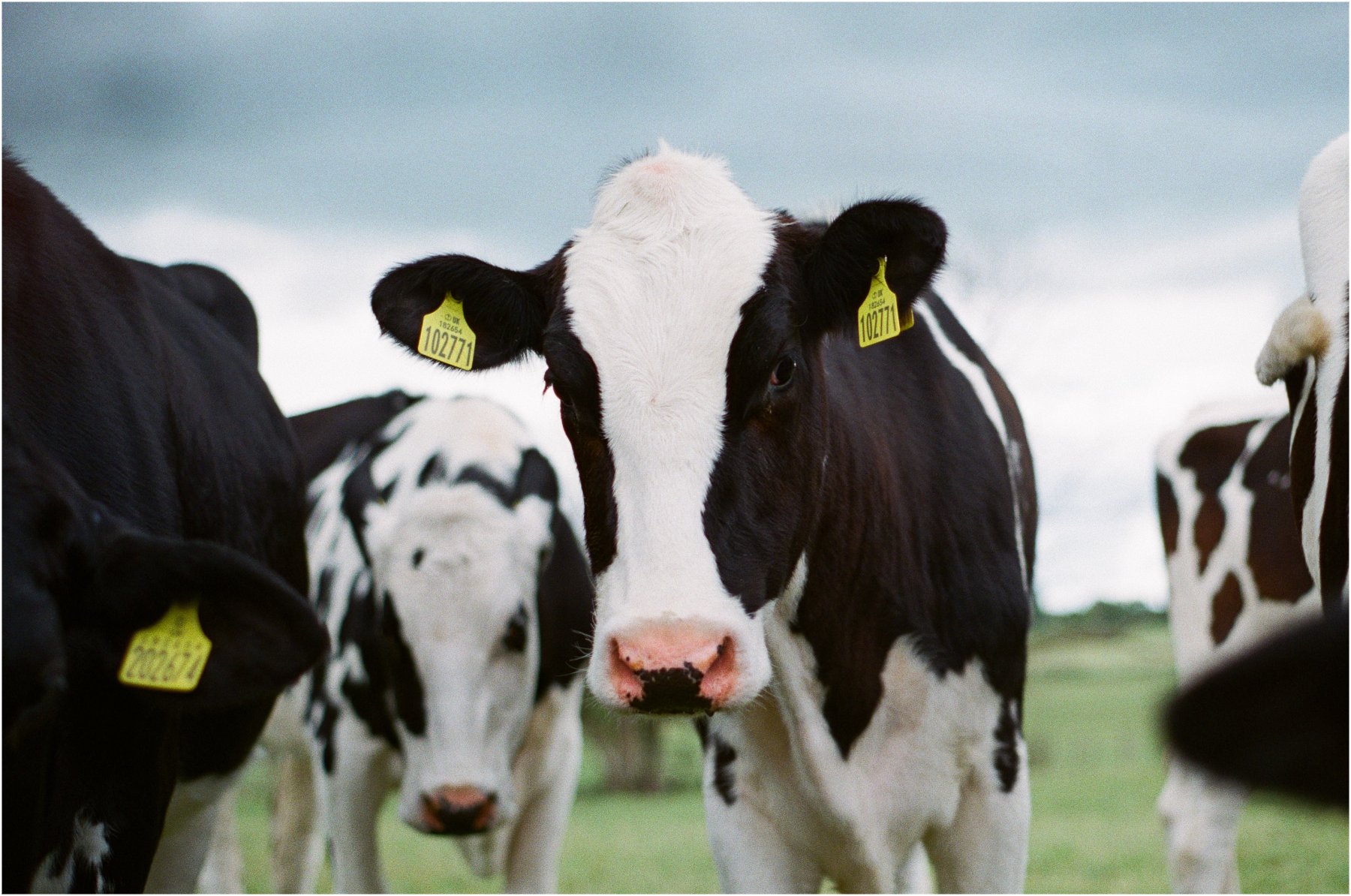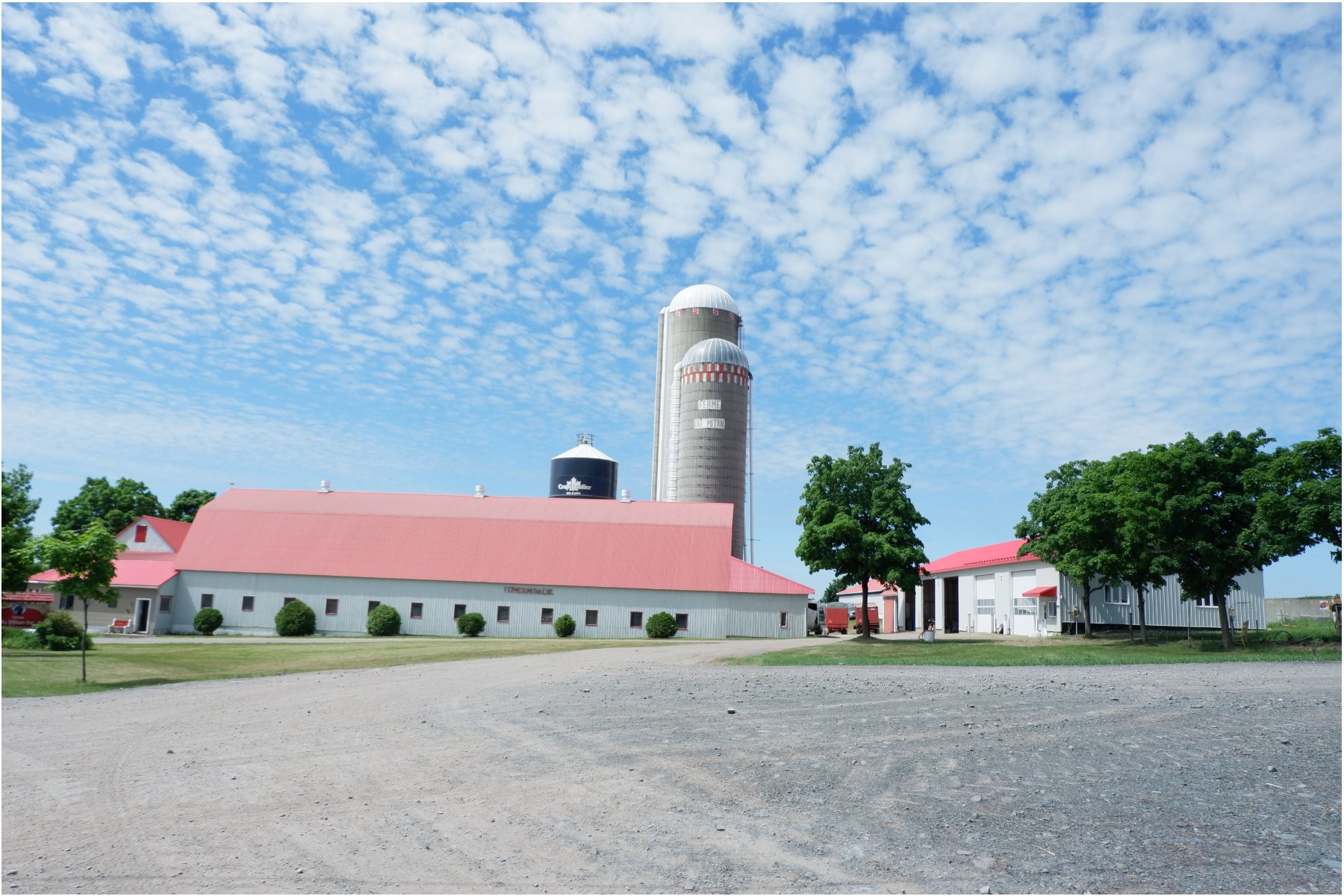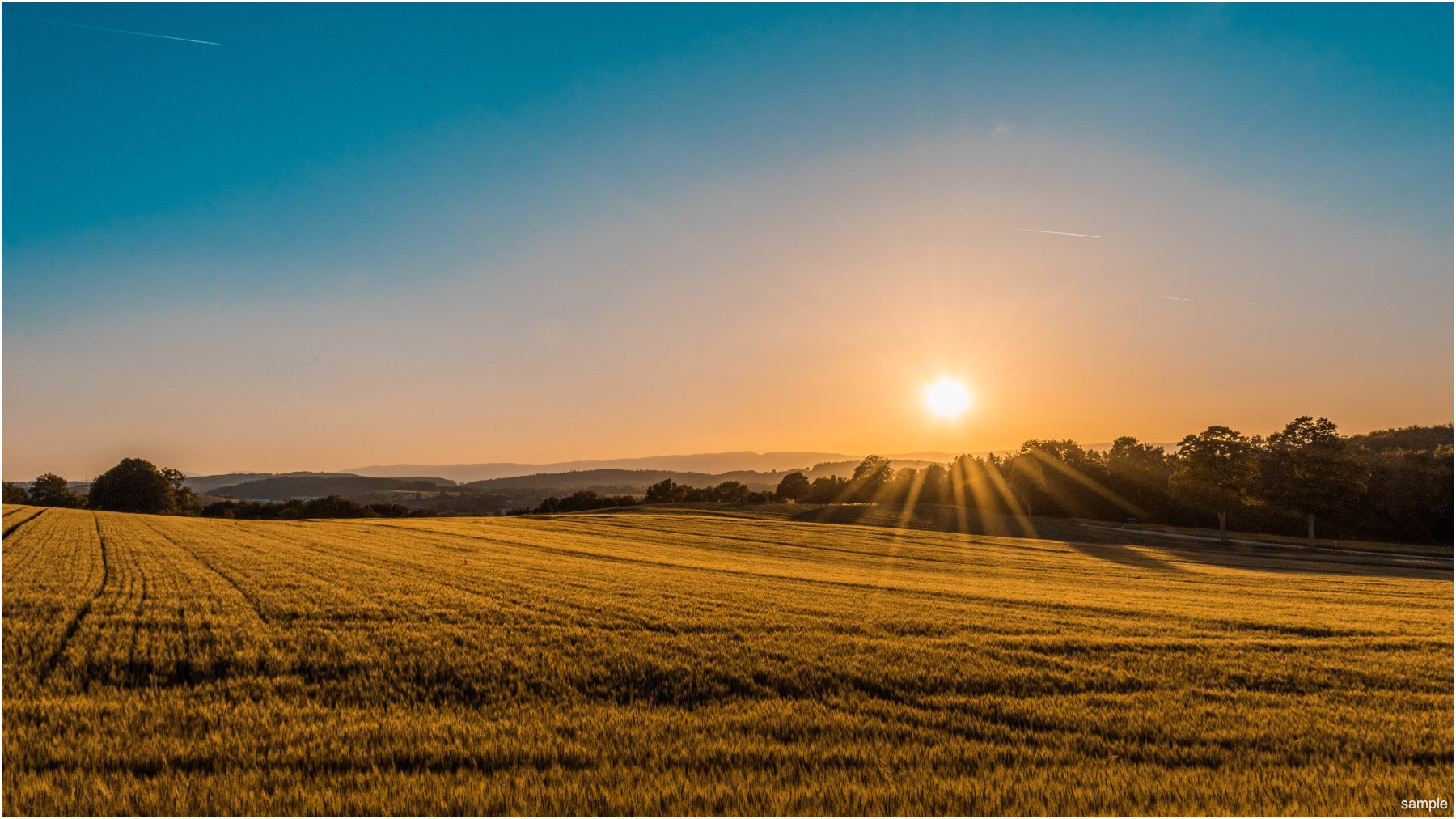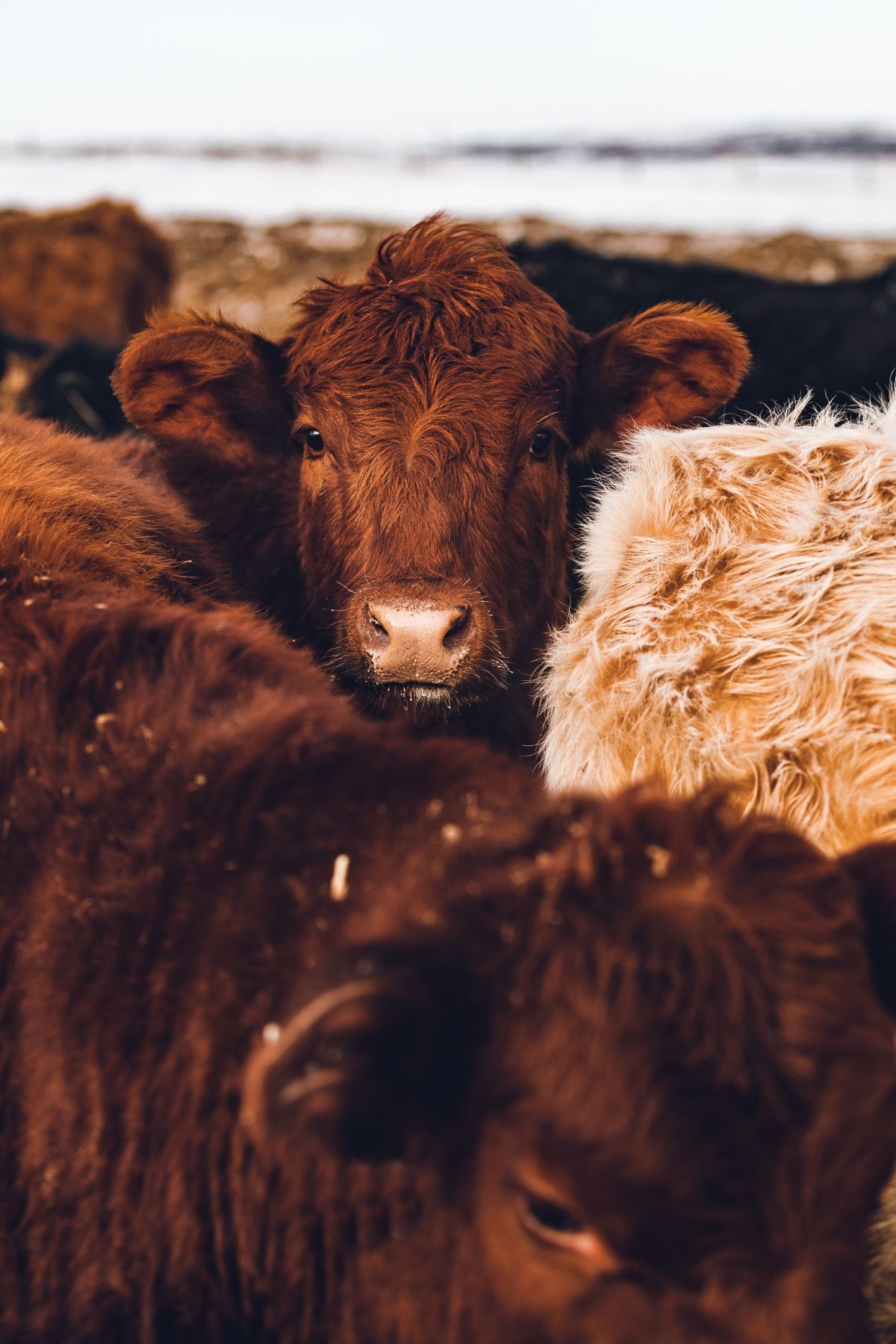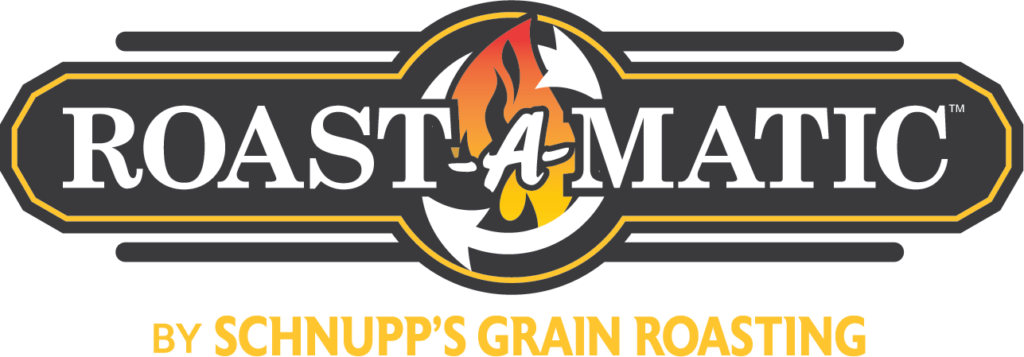For farms and mills of all sizes, reducing costs and increasing your bottom line is one of the main goals. While there are many ways to do this, taking proper care of your animals and livestock should also be at the forefront of your operation. A great way to combine the two goals is by roasting your grains.
Grain roasting is the process of maximizing the nutritional value of various grains for feed to your livestock. What else happens in that process?
- As the grain passes through an open flame, the molds are destroyed, and the toxins are reduced to safe levels.
- The cell walls of the grain are ruptured to increase digestibility, making the nutrients readily available to the animal.
- The toxic enzymes are destroyed in the soybeans, and bypass protein is increased.
While the process is fairly simple, the benefits overflow into many aspects of your operation besides just the animals’ feed being healthy and delicious. Healthier animals can mean less health complications, better reproduction, richer byproducts, and much more.
Improving Your Bottom Line
Depending on the type of farm or mill you operate and the livestock you feed, various types of grain roasting may apply to you. Grains are commonly roasted for livestock, including:
- Dairy
- Beef
- Pork
- Poultry
- Deer
- Sheep
- Goats
So how does grain roasting actually increase your bottom line? It first depends on the type of grain you choose to roast. Our Roast-A-Matic roasters can be used for:
- Soybeans
- Corn
- Barley
- Wheat
Soybeans
Soybeans are a popular feed choice for many animals, raw or cooked. The grain roasting process allows any of your soybean-feeding livestock to share the same delicious meal.
By roasting soybeans, you can increase the bypass protein of the bean to more than 48% which is a huge plus for your livestock, especially dairy cows that require this protein. Full-fat roasted soybeans offer a cost-effective way to increase your animals’ protein intake, leading to higher energy levels and healthier cows.
Roasted soybeans are beneficial for poultry and swine too. While raw soybeans have a trypsin inhibitor, roasted soybeans help avoid this inhibitor affecting your livestock. If the trypsin inhibitor is not diminished, poor health and poor performance are common side effects you’ll notice with your animals. But by heating your soybeans, you can reduce the trypsin inhibitor to acceptable levels, offering your animals a nutritious and delicious feed.
By roasting your soybeans, you can increase your animals’ energy levels in a cost-effect way, resulting in healthier, happier animals and healthier, happier offspring. Not only does your roasting impact your current farm, but the positive effects also impact future generations of livestock.
Corn
While corn is a popular feed choice on many farms, mold and toxins can accumulate on corn in storage bins, making it unsalvageable and a loss to your bottom line. By roasting your corn, you can effectively remove mold spores and reduce toxin levels that are harmful to livestock, swine, and poultry.
Not only does roasting make your corn safer to feed, but the corn also smells and tastes better – which encourages your animals to never skip a meal, even in the heat of summer. This allows farmers to eliminate the flavor enhancers often needed to promote maximum daily feed intake.
Roasted corn can also be ground and used for fine feed. By roasting your corn, you can also dry it simultaneously and prepare it for grinding.
Barley
Roasting your barley is an easy way to ensure it grinds to the highest quality because the roasting process actually ruptures the kernels. Once the grains are ruptured, the grinding process goes much faster, too – saving you precious time and grinding costs, which equates to improving your bottom line.
Roasting also increases digestibility by breaking down the cell structure within the grain so it will be readily available for your animals to consume. It has been noted that some farmers are unable to find barley floating in the lagoon when roasted barley is fed, because it is more palatable and they get drawn by the sweet fragrance of roasted barley.
Wheat
Roasted wheat is one of the best cereal grains to use for feed, because it is a great source of starch for energy and a moderate source of protein to feed your livestock. The protein of wheat is highly digestible and also offers a high-quality feed, resulting in full and healthy animals.
A benefit of roasting your wheat is that it prevents Rumen Pasting of the flour. This allows you to double the volume of wheat in your ration and produce more feed than without roasting.
Additional Benefits
Regardless of the type of grain you use, grain roasting in general offers many benefits to animals’ health, including better digestion, less health complications, a higher quality feed at a lesser amount, increased healthy weight gain, less money spent on higher quantities of feed, and more. All of these benefits ultimately relate back to your bottom line, either saving you money in the long run or making you more profit.
Healthy moms grow stronger and can produce more milk, resulting in growing healthier, stronger offspring so your next generation of offspring can be even better than the last. An investment in a grain roaster can impact generational advantages beyond your current livestock and operations.
Start Improving Your Bottom Line Today!
By choosing to roast your grains, you can start saving money and nurture healthier, happier livestock on your farm. Interested in learning more about how to get grain roasting at your farm or mill? Connect with our team today to answer any questions or help you find the perfect roaster for your needs.
